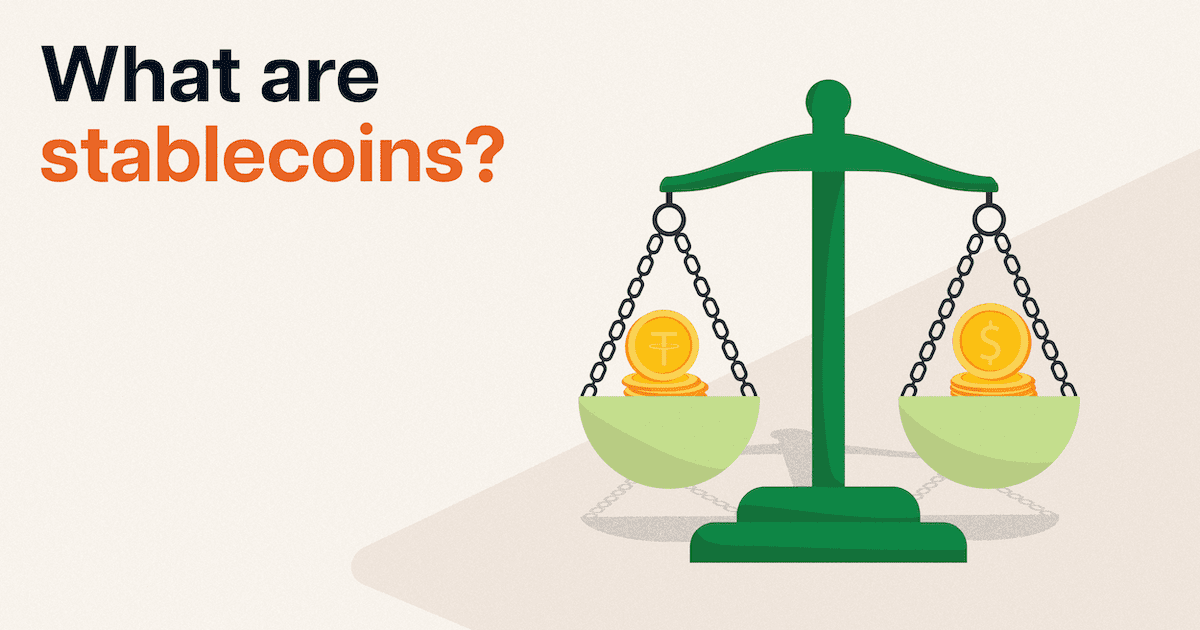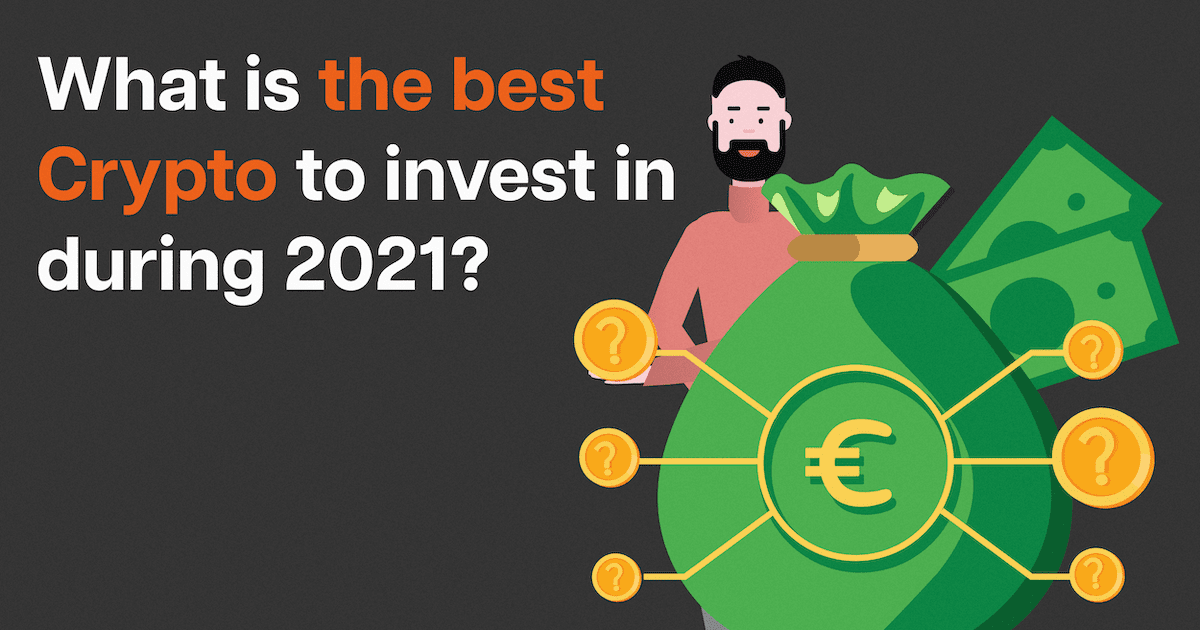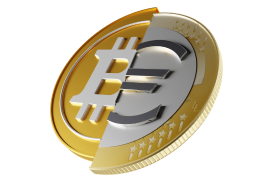One of the biggest hurdles to cross when it comes to achieving mass adoption for crypto assets is their volatility. It is common to see the price of any given cryptocurrency fluctuate wildly.
Can Crypto Trading Avoid Market Volatility With Stablecoin Technology?
While potential gains have climbed to levels that you would almost never see in traditional financial markets, market corrections and falling prices can also hit investors hard.
In the face of this, programmers have created what we call the ‘Stablecoin.' As its name implies, stablecoins aim to be inherently stable assets, with their value largely remains stable over time. But with that in mind, how do these coins actually work, how do they compare to fiat currency, and how can one stand to benefit from them?
Read on and find out how exactly these digital assets are shaking up both the traditional finance and cryptocurrency worlds.
What are Stablecoins vs Fiat Currency?
Stablecoins are cryptocurrencies (digital money) that aim to maintain a consistent value over time, having a digital currency at a stable price.
This value is kept constant by pegging the value of the Stablecoin to another asset, such as state-backed fiat currency (or multiple fiat currencies), other types of traditional assets, or even another cryptocurrency.
In most cases, this assures its holders that their assets will not dramatically rise and fall in value.
What are the three main stablecoin issuers?
There are three main types of stablecoins in the stablecoin market – fiat-collateralized stablecoins, crypto-collateralized stablecoins, and non-collateralized stablecoins.
The difference between these three types of popular stablecoins mainly lies in the type of underlying collateral their fixed-price value is pegged to.
What are Fiat-collateralized Currencies?
Fiat-collateralized stablecoins, also known as fiat backed stablecoins are those that are stablecoins backed by the currency of a state, such as the US dollar or the Euro. Some examples stablecoin issuers and their popular stablecoins are of this include Tether (USDT), USD Coin (USDC), and the Gemini Dollar (GUSD), all of which are pegged to the fiat currencies, namely the US dollar.
What are Crypto-collateralized Currencies?
On the other hand, crypto-collateralized are a stablecoin pegged to the value of other volatile cryptocurrencies. These differ from fiat-collateralized stablecoins in that they are less vulnerable to a central point of failure.
Do Crypto backed stablecoin have price stability?
Given that they are pegged to volatile cryptocurrencies, they may end up being subjected to some degree of price volatility. Examples of these include DAI, which uses Ethereum's value and smart contracts and their technology to stabilize the coin's value.
What are non-collateralized stablecoins (Algorithmic Stablecoins)?
Lastly, there are non-collateralized stablecoins that do not involve the use of any assets or fiat currencies. Instead, their price stability is derived from technology and existing working mechanisms, such as existing banks or even carbon markets.
When demand increases and the price of the stablecoin starts to rise above its peg, the algorithm will automatically issue new coins to increase the supply and bring the price back down. Conversely, if demand decreases and the price falls below its peg, the algorithm will buy back coins to decrease the supply and increase the price.
Some examples of these include Carbon (CRBN) and Basis (BAS).
The Benefits of Stablecoins
Given the largely consistent value of these assets, you probably would have figured out that investing in these coins won't make you money in the same way that other coins will.
That's precisely the point – the benefits of these coins don't come from their increases in value. Instead, their main draw is that they open up access to a range of financial services and other means of earning returns on your investment.
People have often envisioned cryptocurrencies as an alternative means of storing and transacting value.
This is especially so for individuals who have grown disillusioned with the inefficiencies and high fees of cross-border banking transactions today.
Through using stablecoins to transfer money from one party to another, these inefficiencies can be avoided, and the fees can be saved.

Use Cases of Stablecoins
Stablecoins are used in a whole range of financial services. Payments to merchants and remittances from overseas workers trying to send money home are amongst some major use cases for stablecoins and operate via smart contracts.
Beyond this, stablecoins are also widely used for borrowing and lending purposes, both on Centralized Finance (CeFi) and Decentralized Finance (DeFi) applications.
These coins have unlocked high-yield opportunities for their holders on a variety of platforms. Individuals who offer their stablecoins for P2P loans often obtain double-digit rates.
Can you get Stablecoin loans?
At the same time, platforms that provide centralized crypto-backed loans, such as Nebeus, offer users loans in either fiat currencies or stablecoins.
If users choose the latter, they can deposit the stablecoins obtained into another protocol to generate interest or use them in any way they desire. This is as long as the loans are ultimately paid back according to the term.
Stablecoins store monetary value
Finally, Stablecoins can also serve as a store of value to hedge against the volatility of blue-chip crypto assets. While assets like Bitcoin and Ethereuem are undeniably well-established, it is clear that they are still subject to unpredictable market price falls.
As a result, a common trading strategy for investors is to allow their investments to appreciate before converting them back to stablecoins. This is a more long-term investment strategy that is often referred to as HODLing in the crypto world.
Conclusion
Ultimately, stablecoins present the fascinating possibility of bridging the gap between the mainstream masses and cryptocurrencies.
While the final outlook of this asset class might ultimately be subject to how governments all over the world treat it, the future looks bright for now.
There's more to cryptocurrency than just Bitcoin, and Stablecoins show us precisely that. You can start investing today with Nebeus.
FAQ
Is Bitcoin a stablecoin?
No, Bitcoin is not a stablecoin.
Bitcoin is a cryptocurrency that was designed to serve as a decentralized digital asset or a type of digital cash.
Its value is not pegged to any other asset and can be highly volatile, often experiencing significant price fluctuations.
In contrast, stablecoins are a type of cryptocurrency designed to maintain a stable value by pegging their value to another asset, usually a fiat currency like the U.S. dollar.
Which cryptocurrency is a stablecoin?
There are many cryptocurrencies that are considered stablecoins. Some of the most well-known include Tether (USDT), USD Coin (USDC), Binance USD (BUSD), and DAI, which are stablecoins backed by the U.S. Dollar.
These coins are designed to maintain a stable value and are typically pegged to a fiat currency such as the U.S. dollar.
The exact mechanisms used to maintain the stable value can vary between different stablecoins.
What are stablecoins in simple terms?
Stablecoins are a type of cryptocurrency that aim to keep their market price and value constant.
They achieve this by pegging their value to a more stable asset, usually a fiat currency like the U.S. dollar or the Euro, or sometimes other assets like gold or another cryptocurrency.
The idea is to combine the benefits of cryptocurrencies (like fast, cheap transactions and accessibility) with the price stability of traditional currencies, hence the name "stablecoins."
What is an example of a stablecoin?
An example of a stablecoin issuer with a large market cap is Tether (USDT). The stablecoin Tether is one of the most well-known and widely used stablecoin tokens and digital currencies. It is pegged to the US dollar, meaning that for every Tether token in circulation, there should be an equivalent amount of the underlying asset of US dollars held in reserve by Tether Ltd., the company that issues Tether, to avoid crypto volatility.
This smart contract mechanism is designed to ensure that the value of each Tether token remains close to one US dollar, providing stability in the often volatile cryptocurrency market.
You can sign up for a Nebeus account to invest, earn, and hold stablecoins.
La inversión en criptoactivos no está regulada, puede no ser adecuada para inversores minoristas y se puede perder la totalidad del monto invertido.










